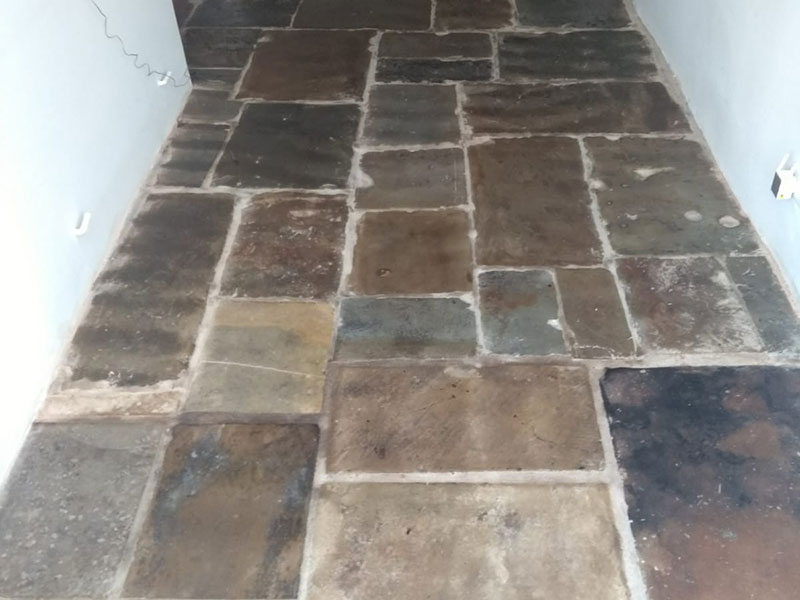Renovating rock facades is an craft that combines heritage with modern methods, breathing new life into weathered materials while preserving their integrity. Whether it’s the walls of a historic building or the intricate details of an vintage statue, stone restoration requires a deep understanding of both the material and the processes used to care for it. With a surge of enthusiasm in home restoration endeavors and a growing emphasis on sustainability, many homeowners are focusing to the potential of stone restoration.
Nonetheless, starting on a stone restoration journey can be intimidating, with numerous challenges that can turn a dream project into a difficult ordeal. From selecting the right materials to recognizing the indicators that suggest your stone surfaces are in need of restoration, knowledge is crucial. In this manual, we will explore essential tips and common mistakes to avoid, empowering you to achieve breathtaking results that respect the past while embracing modern restoration techniques.
Fundamental Essentials of Home Restoration
Home restoration is a vital process that helps protect the authenticity and beauty of historic properties while also boosting their functionality. Comprehending where to start is crucial for ensuring a effective restoration. Begin by thoroughly reviewing the current condition of your space, spotting areas that require attention, and noting any structural issues. This initial evaluation will guide your restoration plan, allowing you to rank tasks based on urgency and significance.
One typical mistake many homeowners make is underestimating the importance of using correct materials and techniques during restoration projects. It is crucial to select materials that are compatible with the original construction to preserve historical accuracy and structural integrity. Investigating the best materials for the job and consulting experts can help you steer clear of costly errors and guarantee that your restoration stands the test of time. Prioritizing quality over speed is vital in achieving a successful outcome.
Moreover, sustainability should be a central consideration in home restoration. Not only is it helpful for the environment, but using reclaimed materials and energy-efficient solutions can also improve the overall appeal and value of your property. Embracing modern innovations while valuing traditional methods leads to a balanced approach. By paying attention to these essentials, you'll set a firm foundation for your restoration journey, contributing to the preservation of history for future generations.

Common Mistakes in Rock Restoration
One of the most prevalent oversights in stone renewal is underestimating the importance of correct cleaning methods. A lot of homeowners attempt to restore their rock surfaces using strong cleaning agents or rough tools, assuming this will aid revitalize them. Conversely, these approaches can lead to permanent detriment. It is essential to know the specific type of stone being restored and pick correct cleaning methods that enhance rather than damage the surface.
Another frequent pitfall is failing to address water issues before starting the restoration. Moisture penetration can weaken the integrity integrity of stone surfaces and lead to more decline over the years. Failing to adequately manage drainage and sealing can create a restoration project that is doomed to fail. It's crucial to inspect the location thoroughly for any signs of humidity problems and resolve them ahead of time to guarantee a favorable renewal.
In conclusion, a lot of individuals ignore the importance of using the correct resources during the renewal procedure. Using mismatched or inferior quality materials can jeopardize the authenticity and strength of the renewed stone. Residents should research and invest high-quality items particularly designed for the kind of stone being renewed. https://stonerestoration.com.au/services/marble-restoration-sydney/ to detail will not only enhances the appearance but also extends the life of the renewal, keeping the elegance of the stone for a long time to follow.
Innovations in Structural Design
The field of structural engineering has seen significant advancements in the last decade, utilizing cutting-edge substances and techniques that enhance safety, productivity, and environmental responsibility. One major innovation is the use of advanced composite materials, which offer enhanced strength-to-weight ratios than conventional building materials. These composites can be employed in upgrading old buildings, providing support without compromising their visual appeal. Another noteworthy development is the application of smart technologies, such as monitoring devices and live tracking systems, which allow engineers to track the health of structures and make smart repair decisions.
Moreover, modern methods such as additive manufacturing and algorithmic design have revolutionized the way structures are built. 3D printing enables the rapid production of detailed structural components with exactness, lowering material waste and labor costs. Parametric design software allows engineers to model various scenarios and enhance structures for improved performance under certain conditions. These innovations not only speed up project timelines but also aid more eco-friendly building practices, reducing environmental impact.
In conclusion, the focus on disaster-resistant engineering has led to innovations in design strategies that prioritize strength against environmental hazards. Techniques such as base isolation and energy-dissipating mechanisms are being more employed to ensure that buildings can withstand seismic activity and extreme weather conditions. As cities continue to develop, these advancements will serve a critical role in creating protected communities that can handle the demands of climate change and various ecological challenges.
